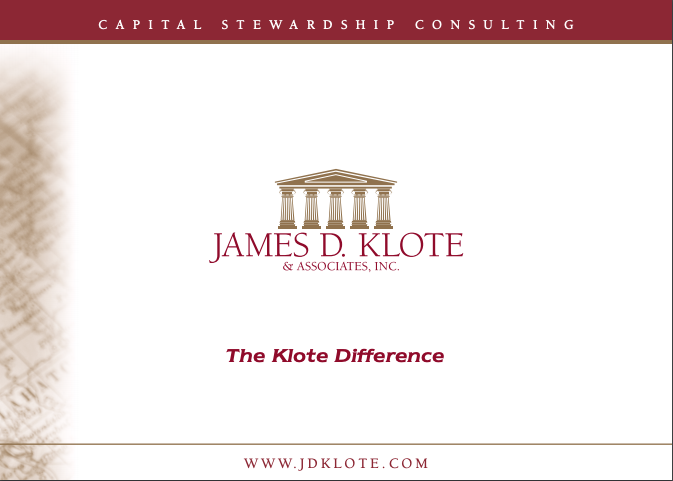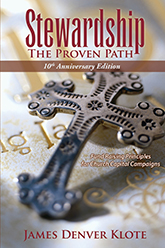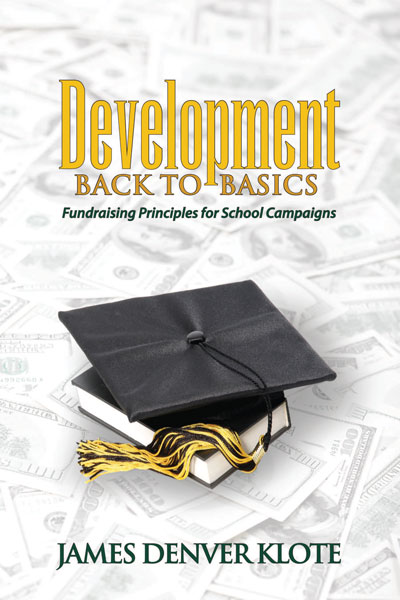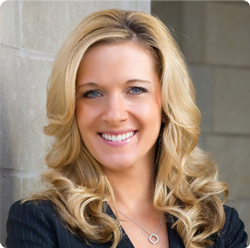Constructing The Case For The “Ask”
By Charlie DeMaio
Much has been written about “The Ask” in fundraising. There are publications that take the “visitor” step by step through the process. The “Ask” can be perceived to be intimidating to the person or persons making “The Ask”. It’s a joyous, invigorating experience for all involved. In fundraising, the word most associated with success is relationship. In traditional fundraising (called Development) it often takes years for the Development Officer to build a relationship. The relationship while very friendly and sincere it is still often professional. The donor knows why the Development Officer is visiting. It often takes a series of visits to gain the trust of the donor, thus taking time and resources.
In almost all cases the visitor(s) and persons being visited have a distinct advantage. They have been friends and acquaintances for years if not decades. It’s all about those relationships. There’s a trust that has been developed over time. Both might have served on church committees, given to a prior campaign and shaped church policy. The visit is a natural extension of that relationship. The visitors and persons being visited have the most important ingredients, relationships, the church and a shared faith. The visit is not what is known as a “cold call”.
Preparation is the key to a successful visit. It’s critical that both know their roles and are comfortable with them. The visitors have to ask themselves, “why did we give”? What are some of the reasons our fellow members of the Church have committed to the Campaign? Many answers lie in the comments of the Church members who attended the Focus Group meetings. Although donors have different reasons for supporting a campaign there is commonality of reason and cause. As mentioned in the prior paragraph, there will be a shared experience. The “case for support” is well documented within the View Book. The “Needs and Opportunities” page offers a very solid visual “case for support”. The descriptions of each need and opportunity should be crafted in such a way to elicit a positive response and follow up questions on the part of the persons being visited. The answers to the questions should be crafted in such a manner that they further engage the donor. That’s when the donor realizes the need to support the Campaign and the “case for support” becomes compelling. It cannot be reiterated enough how the visitor’s enthusiasm, belief in the campaign and presentation will affect the outcome of the visit. After the presentation and conversation “The Ask” will be a natural extension of the discussion. It’s only natural to ask them to join their fellow congregants in supporting The Capital Stewardship Campaign.



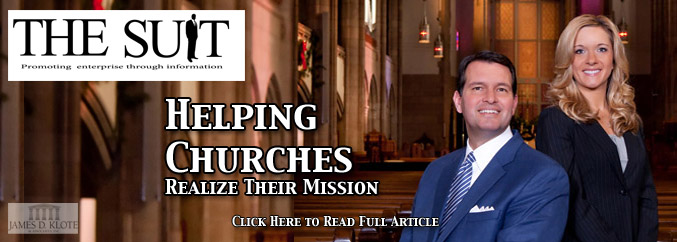

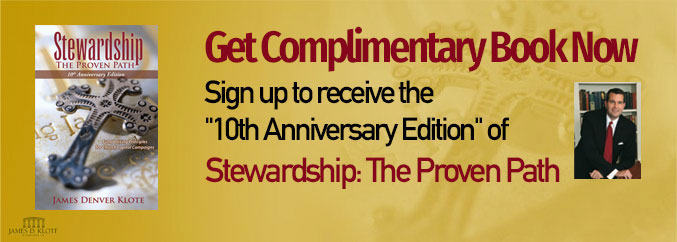

 703-399-0518
703-399-0518  info@jdklote.com
info@jdklote.com 